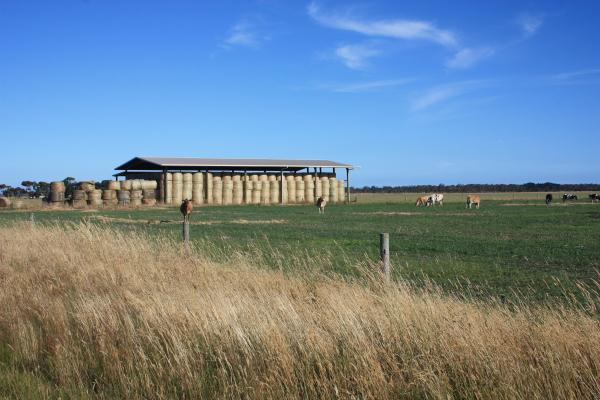Planning is the key and the time to start is now, do not procrastinate, remember a plan needs to be flexible and responsive to the way the season plays out.
Just having a “dry seasonal response plan” helps to crystallise the current situation, identify options and even gives the ability to capitalise on opportunities by getting in early.
There is no one fixed plan, every farm business is different and has different strategies to implement.
The season is drying out fast but, fortunately, some areas of the state have had a good winter/spring rainfall therefore have paddock feed so it is business as usual for those districts.
Prime beef markets are paying well and there is often a rush to fill processor freezers prior to Christmas.
Feedlotters are still buying and the cow market is strong, so there are still marketing
options and every reason to be positive about cattle sales and the ability to make the most of opportunities.
Hopefully it will rain until Christmas and all will be OK.
In districts that are not blessed with rainfall or on a the farm that is well stocked, farmers may need to fall back on their dry season response plan.
There are strategies to work through which include:
* A farm feed budget, matching feed available to stock requirements and then filling the feed gap;
* Better utilisation of existing paddock feed;
* Supplementary feeding stock from on-farm reserves as feed diminishes or determinates;
* Secure fodder, grain or hay from off farm;
* Agistment of stock off farm or into other districts;
* Early weaning calves;
* Setting up a sacrifice feeding area;
* Reducing stock numbers;
* A financial budget;
* A list of critical control points, including trigger dates, where action needs to be taken.
* Or a combination of the above.
Reducing cattle numbers maybe one option.
Pregnancy test the autumn calving herd or look for late calving cows in the spring herd, old cows, over fat cows, sore feet, bad temperament, poor doers or just any cow who is not wanted in the herd next winter can go in the truck.
Bulls have been making 200 cent/kg lwt as choppers so get a vet to check on the bull team and ship off the passengers.
Steer traders who have concerns with the season should select any steers near finished and either give them priority feed to finish early or ship them off to market.
It is better and more efficient energy wise to carry a younger growing beast through to next autumn.
Young steers in the 14 to 24 month bracket which the owner is concerned about carrying through summer may suit feedlot entry because feedlotters are still looking for stock.
Those who wish to retain ownership can negotiate a contract feeding deal but they need to be sure of their final market options.
Young heifers will mature earlier than steers and reach the fat score of three or better much earlier than steers so it may be worth putting them on better feed to finish off on the remaining quality feed and get them into the market earlier.
The store markets have held up OK until now but there may be increased numbers in coming weeks.
Farmers should do their homework, weigh on farm their potential store cattle so they know their prime value verses store prices prior to dispatch and talk to stock agents because they will know the areas of the state which are still seeking cattle.
A plan for feeding the remaining cattle should include growing as much feed as possible with the available soil moisture and making the most of remaining the carry over feed.







